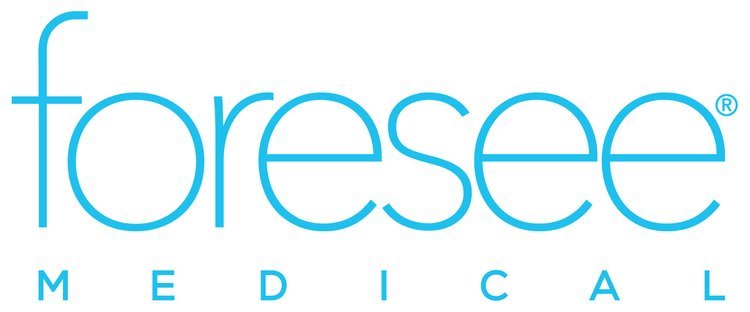Making Sense of the Medicare Advantage Payment Schedule
Medicare Advantage (MA), also known as Medicare Part C, provides an alternative to traditional Medicare through private insurers approved by CMS. A critical feature of the Medicare Advantage program is its payment schedule, which is designed to ensure timely and accurate compensation to health plans. The payment schedule operates on a prospective payment model with multiple key runs: Initial Run, Midyear, Interim Final, and Final Run. Understanding this timeline is crucial for comprehending how Medicare Advantage ensures fair and efficient payments based on the projected healthcare needs of enrollees.
Prospective Payment Model and Risk Adjustment
Medicare Advantage employs a prospective payment model, where payments to health plans are made in advance based on the anticipated healthcare needs of their enrollees. This model contrasts with the traditional fee-for-service approach and incentivizes health plans to invest in preventive care and chronic disease management, ultimately aiming to improve patient outcomes and reduce overall healthcare costs.
A central component of the Medicare Advantage payment schedule is risk adjustment. Risk adjustment ensures that payments to MA plans reflect the health status and expected costs of their enrollees. This mechanism prevents plans from profiting by selectively enrolling healthier individuals and instead promotes fair competition based on quality and efficiency. Risk adjustment scores, or RAF scores, are calculated using demographic information and diagnostic data submitted by MA plans. Higher scores indicate greater expected healthcare needs and result in higher payments to the plan, while lower scores indicate lower expected costs and result in lower payments.
Risk Adjustment Payment Timeline
Submission Deadlines
Initial Run: September 6, 2024
Midyear: March 7, 2025
Interim Final Run: January 31, 2026
Final Run: July 31, 2026
Key Elements of the Payment Schedule Timeline
The Medicare Advantage payment schedule involves several critical runs throughout the payment cycle: Initial Run, Midyear, Interim Final, and Final Run. Each run serves a specific purpose in adjusting and finalizing payments based on the most accurate and up-to-date data available.
Initial Run
The Initial Run includes data from the second half of the prior year and the first half of the current Dates of Service (DOS) year. For instance, for the 2024 Payment Year utilizing 2023 DOS, the initial submission deadline is September 2023. Payments based on this initial data are made in the first half of the Payment Year (2024) and are subject to retroactive adjustments as more data becomes available. This initial data provides a preliminary basis for prospective payments, ensuring plans have funding to cover anticipated costs early in the year.
Midyear Run
The Midyear Run focuses on data from the entire DOS year (e.g., 2023 for the 2024 Payment Year). The submission deadline for midyear data is March 2024. Midyear adjustments are made to prospective payments made in the first half of the Payment Year, ensuring any significant changes in the health status of enrollees are accounted for promptly. Additionally, prospective payments for the second half of the Payment Year (July-December 2024) are calculated and issued, subject to further adjustments during the Final Run.
Interim Final Run
The Interim Final Run occurs 13 months after the DOS year is completed. For example, for 2023 DOS, the interim run is scheduled for January 31, 2025. This run allows for adjustments and recalculations based on the most comprehensive set of data available at that time. Payments adjusted during this run are finalized and distributed by June 2024. The interim run helps refine the accuracy of payments by incorporating additional data not available during the initial and midyear runs.
Final Run
The Final Run represents the last opportunity to submit and process data for a given Payment Year. For the 2024 Payment Year utilizing 2023 DOS, the final submission deadline is July 31, 2025. The final run adjustments ensure that payments reflect the actual risk scores as closely as possible, accounting for any late submissions or corrections. Payments resulting from the final run are typically issued in the second half of 2025, concluding the payment cycle for that DOS year.
Importance of Accurate Data Submission
Accurate and timely data submission is critical in the Medicare Advantage payment process. Health plans must ensure that all diagnostic and demographic information is correctly captured and submitted to CMS. Inaccurate or incomplete data can lead to incorrect risk scores, affecting the amount of payment a plan receives. Regular audits and compliance checks are conducted to maintain data integrity and prevent fraudulent reporting.
Transition from RAPS to EDPS
In 2024, Medicare fully transitioned from the Risk Adjusted Processing System (RAPS) to the Encounter Data Processing System (EDPS). The transition, which began in 2015, aimed to improve the accuracy and comprehensiveness of data used for risk adjustment. The RAPS system, which utilized simpler file formats, was phased out in favor of the EDPS system that uses ANSI 837 v5010 files exchanged in electronic data interchange (EDI) transactions. EDPS provides a more detailed and comprehensive source of data, enhancing CMS's ability to accurately assess and adjust payments.
Moving Forward
The Medicare Advantage payment schedule is a carefully organized system aimed at providing fair and precise reimbursements to health plans according to the medical needs of their members. It's crucial for health plans and their affiliated providers to accurately submit their information initially to reduce inconsistencies and maximize their early submission payments. Grasping the timeline and its critical components is vital for understanding how Medicare Advantage facilitates the provision of high-quality, value-based healthcare.
ForeSee Medical’s prospective decision support and retrospective review options ensure your Medicare risk adjustment coding is evidence-based and accurate. Improve your compliance, reduce work during sweep timeframes, and eliminate clerical bottlenecks by coding correctly at the point of care — because it always feels great to do something right the first time.
Blog by: The ForeSee Medical Team







